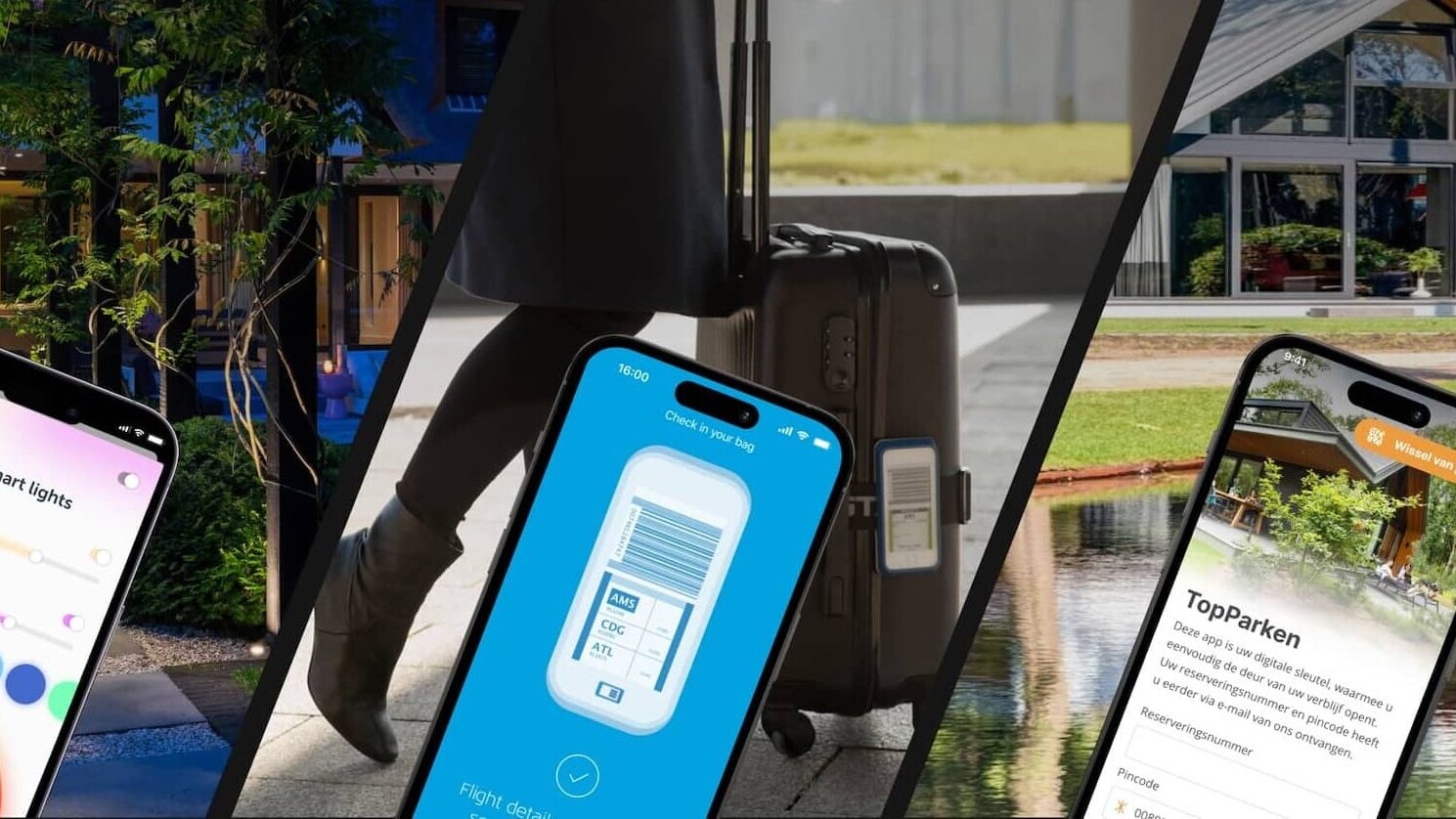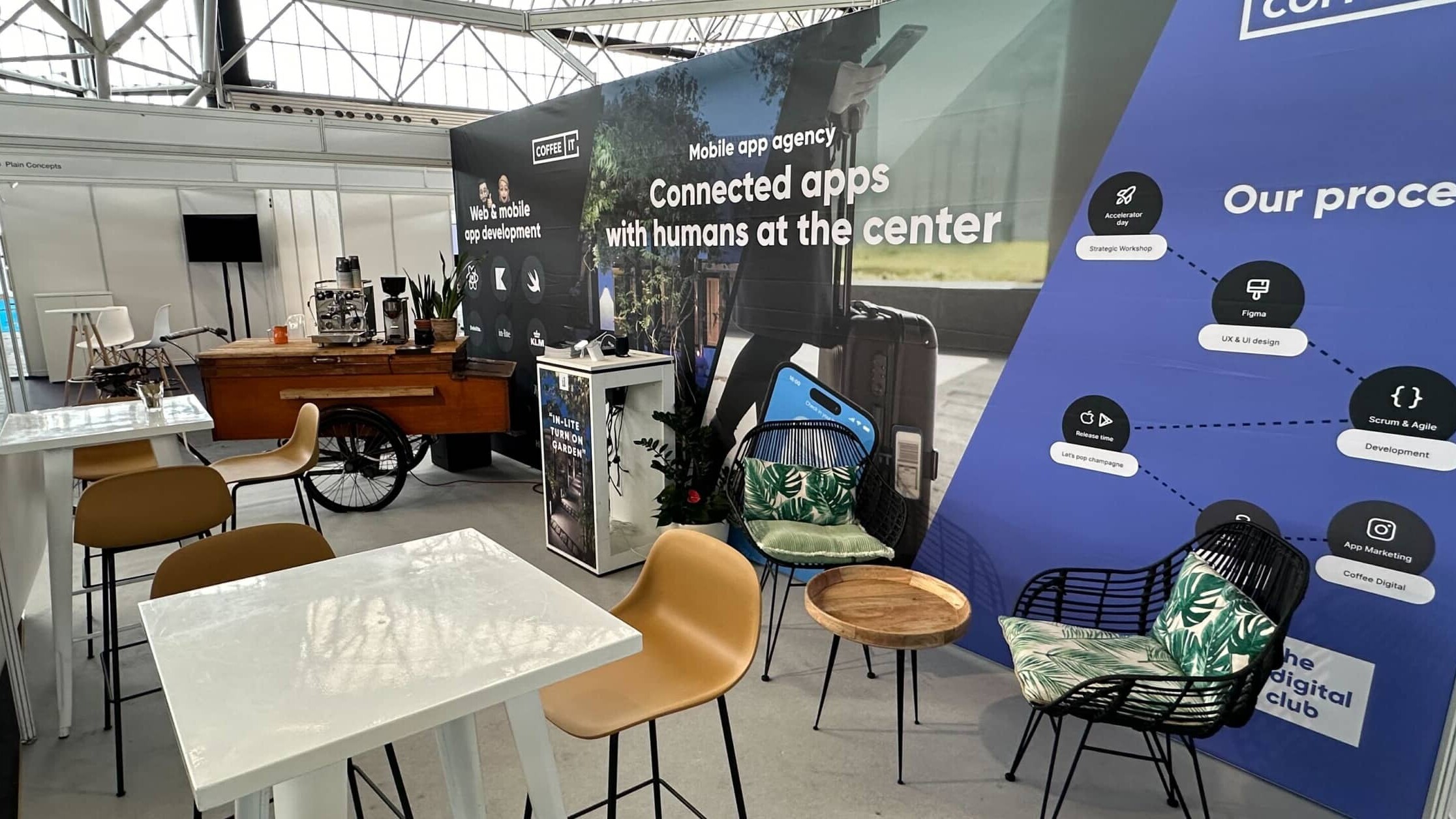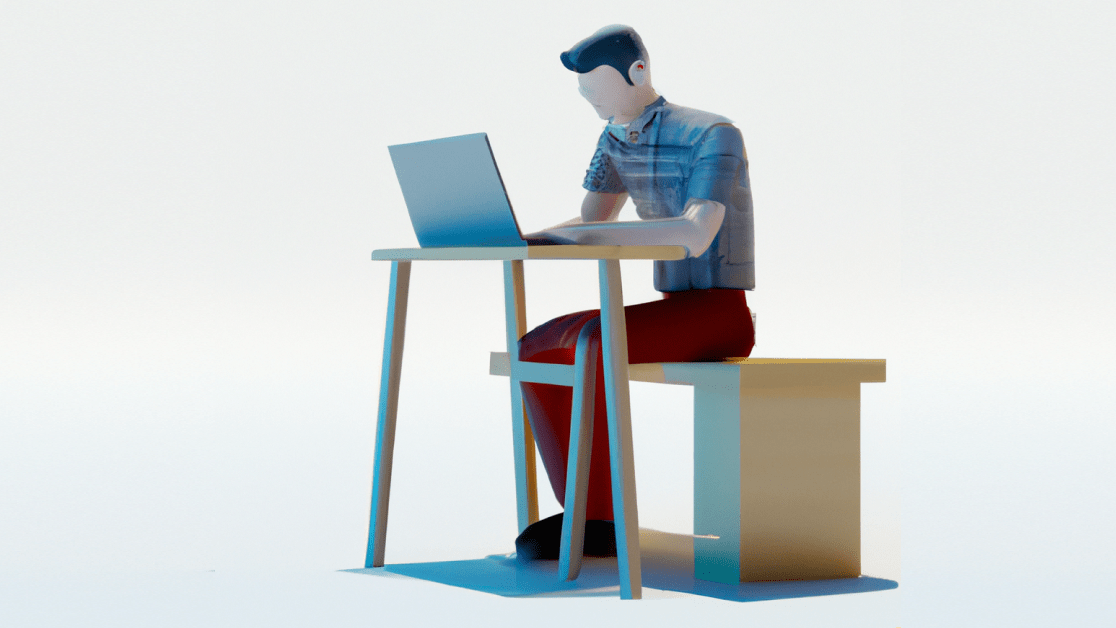Remote care is becoming increasingly popular. Especially after the corona pandemic, according to ICT Health image care increased by 700%. Remote healthcare offers other benefits besides convenience. This way, those waiting can quickly ask their questions. Or patients who find it exciting to contact us from a safe environment.
What is remote care
Remote care is care that is made possible through technology. These are technologies such as VoIP, IoT of Home Automation. This makes care from your own home possible.
Care with VoIP
VoIP (Voice over Internet Protocol) makes it possible to make calls or make video calls. For example, healthcare providers can provide direct consultation without the patient having to travel. Another additional advantage is that consultation moments can be quickly and properly archived. As a result, the healthcare provider has to invest less time in writing summaries and storing the data.
Care with IoT
Internet of Things (IoT) is an excellent way to help the elderly in care. With IoT you can have devices communicate smartly with each other. This allows sensors to track whether the medication has been taken. We are even close to being able to detect depression through a watch. Apple is already busy with this new technology. We are also busy developing IoT apps for healthcare. An example of this is Senior Homes. This is an app that serves as a digital assistant so that the elderly can live comfortably in one of the Senior Homes.
Care with home automation
Home automation in healthcare helps automate simple tasks. This is a slight difference with IoT. Where IoT helps as support because technology is connected to the internet, everything is automated with Domotica. You can read more about this in the article “what is home automation”. Examples of domotics in healthcare are turning off the lights, maintaining the temperature and locking the house at night. As a result, elderly people with mild dementia can live longer at home. How nice!
Examples of remote care
There are many different forms of remote care. As you have read above, there are also various technologies that can help with this. Below we have some concrete examples of how these technologies can provide remote care and what the benefits are.
Video communication or screen care: with video communication you can communicate directly with the healthcare provider. You as a care provider can simply declare this and the client saves a lot of time. In addition, it is possible to provide more personal care.
Lifestyle monitoring with smart sensor technology: with smart sensors, the elderly or sick can be helped without having to stay in the hospital. With sports sensors, blood pressure, heart rate, temperature or oxygen level can be measured.
Smart medicine dispenser: the smart medicine dispenser helps the elderly to take medicines. This dispenser also indicates when the medication is almost finished, so that the patient never runs out of medication.
chatbots: in the case of minor problems or quick questions, it is sometimes annoying to make an appointment for this. For this it is ideal to chat with a chatbot. If they are difficult questions that cannot be answered immediately, patients can chat with a healthcare employee. It is even possible to send files, photos and videos via the chatbot.
Information provision: care at a distance does not always have to be very complex. A knowledge base can be sufficient to answer specific healthcare questions. This can be implemented in an app or web platform. Because many questions are answered quickly, you help your staff to relieve the workload.
Questionnaires: it takes a lot of time to print, complete and resend or scan a questionnaire. This is also quite labour-intensive for healthcare providers. Fortunately, this can also be done digitally. By sending the questionnaire digitally and having it completed, the client can easily return the questionnaire.
Auxiliary care robots: if we look a little more to the future, we also see the advance of care robots. These are robots that help the elderly with small household tasks, play games and help them with physical tasks such as standing up, climbing stairs or lifting. These robots also help against loneliness.
Advantages and disadvantages of remote care
Of course, remote care offers enormous advantages. But not everyone is always enthusiastic. Below we have made an overview of the advantages and disadvantages of remote care.
Benefits:
Fast communication: questions are answered quickly. By chatbots or by information services. And if the client cannot find a solution, a video call is a good solution.
Doubters and Waiters: some small problems can become big problems. But many people are too hesitant to take immediate action. With the application of technology, the threshold for applying for care is lower.
Safe way to ask questions: clients may suffer from anxiety. Because care is provided remotely, they can ask their questions from a safe environment.
Cons:
Impersonal: care at a distance can seem a bit impersonal. If you are helped, you want this to be done with attention and not through an automatic system.
Complicated: technology, especially for the elderly, can be quite complicated. That is why it is important to think carefully about a user-friendly interface.
Future of remote care
Meanwhile, technology is not the problem. The knowledge is there. Only as a society we are not that far yet. Particularly due to the strict regulations, implementation is difficult. But because remote care is becoming increasingly important, we are happy to help as a partner.
Privacy and data
In addition, we are ISO/IEC 27001 and NEN 7510 certified. This allows us to help you throughout the entire process.

Contact us
Ready to create something awesome together? Give us a call. We are looking forward to it!
CONTACT
Do you have a question? Contact us without obligation and I will be happy to help you.










